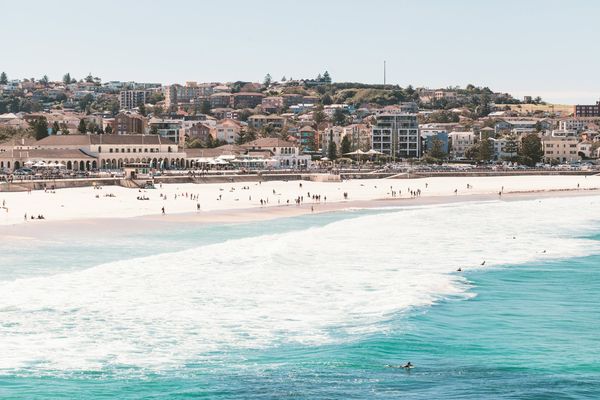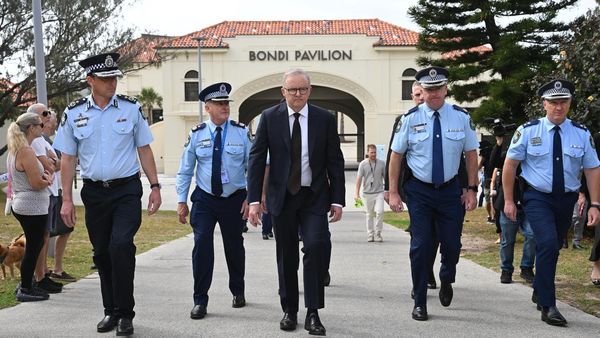Terminal 4 at London Heathrow airport is now running normally after an emergency evacuation. Crowds of passengers gathered outside the terminal on Monday evening when police and firefighters were called to a “possible hazardous materials” incident. Dozens of flights were heavily delayed, with the last departure from Heathrow well after midnight.
Thousands of passengers from the UK’s busiest airport faced missed connections because their departures to hubs in the Gulf and beyond were up to four hours late.
What caused the disruption and how many passengers were affected? These are the key questions and answers.
What was the timeline?
The incident began to unfold at the start of a busy evening at Heathrow Terminal 4, when passengers were checking in for dozens of flights to Europe, the Middle East, Asia and Africa. Just before 5pm, police were called to investigate “potential hazardous materials”.
There is a long and tragic history of terrorist attacks at airports around the world, and so the authorities are extremely sensitive to anything that might be construed as a malicious act.
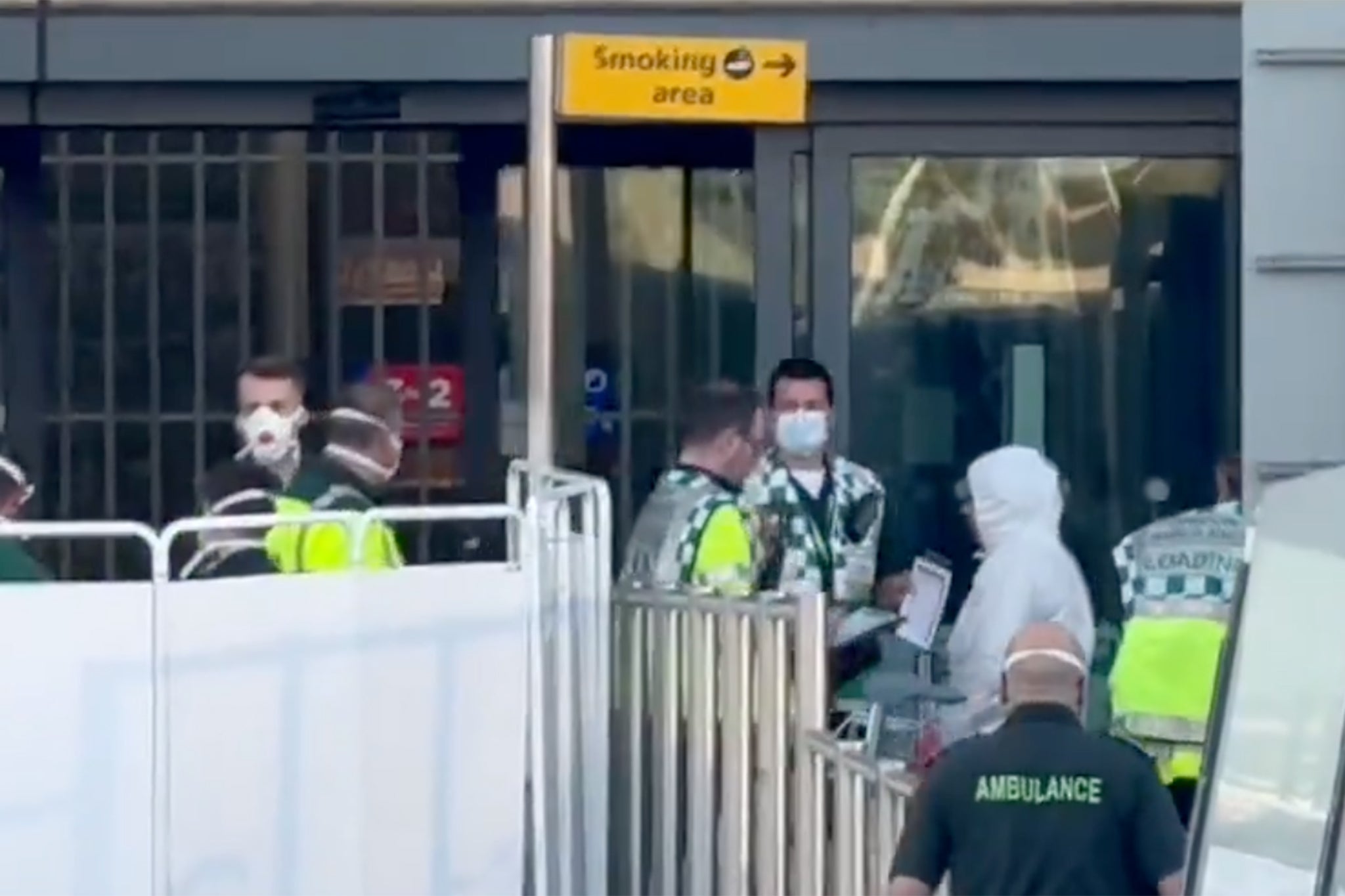
Passengers who were “landside” in the check-in area were moved out to the roadways outside the terminal. Heathrow said: “Terminal 4 check-in has been closed and evacuated while emergency services respond to an incident.”
It appears that passengers who were “airside” – ie beyond the security search area – were allowed to remain there. A couple of flights, which passengers had already boarded, were allowed to depart close to schedule from Terminal 4 after the emergency started.
The railway station beneath Terminal 4 closed; the Tube station was already shut because of a strike on the London Underground. Heathrow put out a post on social media urging passengers not to travel to Terminal 4.
As specialist emergency teams in hazmat suits entered the terminal, the crowds outside grew, and staff handed out foil blankets to passengers as temperatures began to fall.
Witnesses said they were confused as “no one really knew what was going on”. At 8pm, Heathrow said it was standing down the incident and allowing passengers back into the terminal. But by then, flight schedules were in disarray.
Heathrow said in a statement: “We are very sorry for the disruption caused, the safety and security of our passengers and colleagues is our number one priority.”
What do we know about the cause?
Initially the Met said: “Specialist officers attended the scene alongside the London Fire Brigade and London Ambulance Service and conducted a thorough search of the area. No trace of any adverse substance was found.”
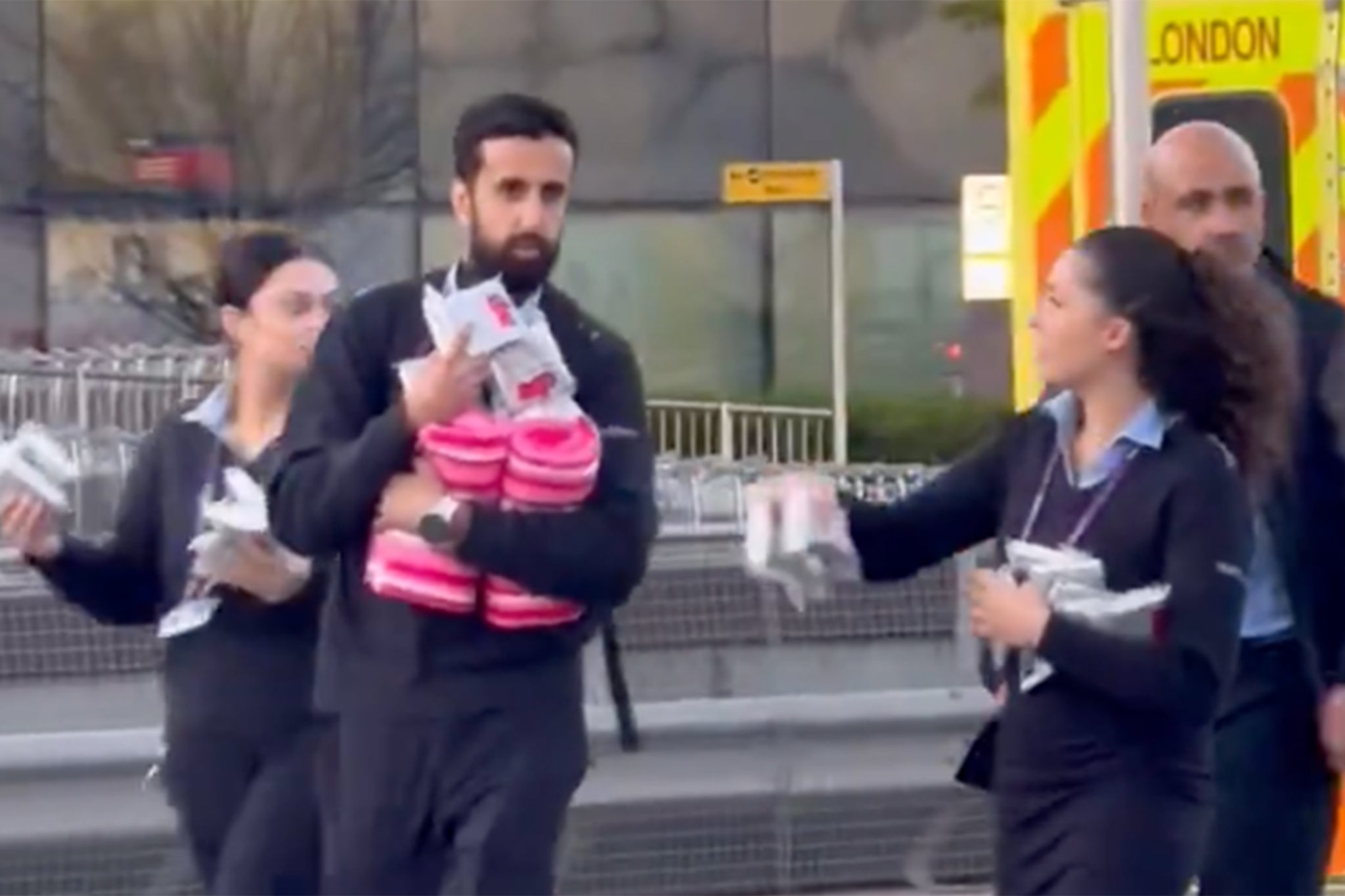
Reports then cited a Met insider as attributing the panic to a “mass hysteria event”. Kit Yates, co-director of the Centre for Mathematical Biology at the University of Bath, agreed that mass hysteria could have caused the incident. In a Substack post, he wrote: “An airport, after all, is a setting in which heightened awareness and anxiety amongst the people filling the departure halls can provide the ideal conditions for mass psychogenic spread.”
But on Tuesday afternoon, a spokesperson for the Metropolitan Police said: “Met officers located a canister of what is believed to be CS spray. It is thought that this substance caused a reaction to those within the airport.
“Around 20 people reported to paramedics after the (believed) CS spray caused irritation. It has been confirmed that the spray did not cause any life-changing/threatening injuries.
“Following urgent enquiries, a 57-year-old man was arrested on suspicion of possession of a firearm (CS spray) and causing a public nuisance on Tuesday 9 September. He remains in police custody.
“The incident is not being treated as terrorism related.”
How bad was the disruption?
Dozens of flights were delayed, typically by three to four hours, affecting many thousands of passengers.
The leading airline at Terminal 4 is Qatar Airways. All three of its departures to Doha were hours behind schedule, as were two Etihad flights to Abu Dhabi. Typically, most passengers on these departures are transferring directly at the Gulf hubs to destinations in Asia, Africa and Oceania. Thousands are likely to have missed those connections. Under air passengers’ rights rules, the carrier must provide onward transportation as soon as possible and accommodation plus meals as necessary.
Other long delays affected Malaysia Airlines to Kuala Lumpur and Korean Air to Seoul.
Chinese airlines were particularly badly affected, with departures to Beijing, Shanghai and Guangzhou hours late. The final flight of the night, China Southern to Guangzhou, took off at 12.30am – long after departures normally end.
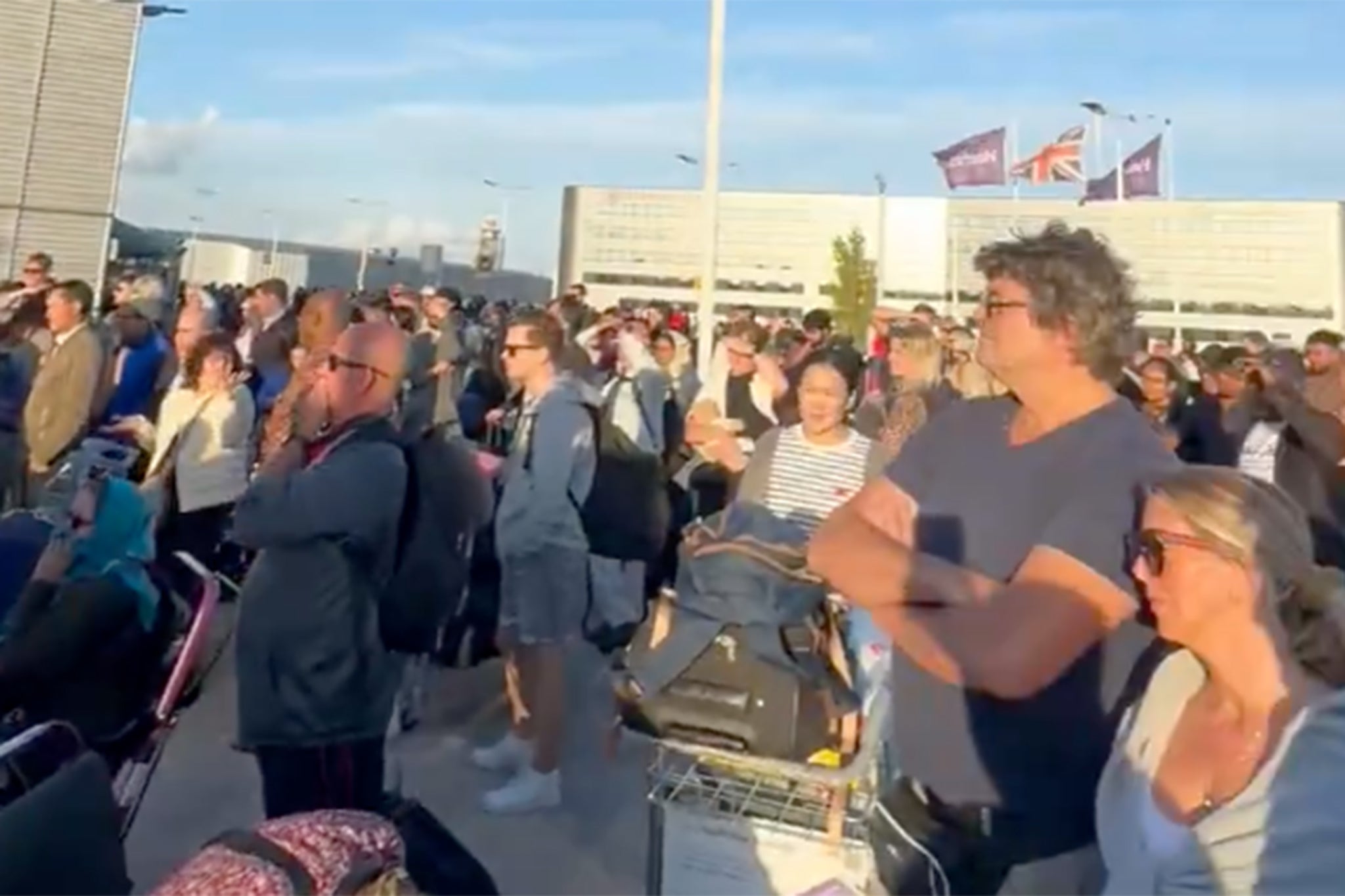
Operations on Tuesday appear to be running normally.
What is the story of Terminal 4?
Heathrow Terminal 4 was a 1980s stopgap that was constructed mainly for British Airways’ longhaul operation while waiting for the longest planning inquiry in history – for Terminal 5 – to conclude.
Despite a refurbishment, it remains largely unloved by passengers and airlines. Terminal 4 is in the wrong place: south of both runways, rather than between them. Aircraft using the northern runway have to taxi across the active southern runway.
Transport links to the rest of the airport and beyond are poor compared with the other terminals.
The major airlines that use it are mainly Middle Eastern and east Asian. By far the most important carrier is Qatar Airways, with eight flights a day to and from its hub in Doha. Etihad, Gulf Air, Oman Air, Saudia and Israel’s El Al are the other Middle Eastern representatives.
Kenya Airways flies to Nairobi, while RwandAir serves Kigali.
To Asia, China Southern and China Eastern have busy schedules to the People’s Republic. Vietnam Airlines flies to Hanoi and Ho Chi Minh City. Korean Airlines to Seoul and Malaysia Airlines to Kuala Lumpur are major network carriers.
Across the Atlantic, the only current player is Canada’s WestJet.
Two central Asian airlines, Air Astana (serving Kazakhstan) and Uzbekistan Airways operate from Terminal 4, as does Azerbaijan Airlines to Baku.
Shorthaul flights comprise:
- Air Algerie, Royal Air Maroc and Tunisair, serving Algiers, Casablanca and Tunis respectively.
- Vueling – British Airways’ sister airline
- Some members of the SkyTeam alliance, including Air France and KLM
- Airlines with no obvious loyalties elsewhere, such as Air Malta, Bulgaria Air and Air Serbia.




